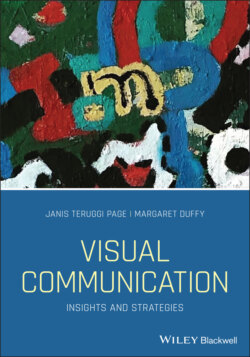Читать книгу Visual Communication - Janis Teruggi Page - Страница 38
FOCUS: Images of Tragedy: Afghan Victim
ОглавлениеA New York Times (NYT) special report told of how an Afghan woman was falsely accused of burning a Koran at a Muslim shrine in Kabul. An enraged mob beat her to death and then burned the body. The story featured a video of cellphone clips depicting the gruesome and bloody assault with the warning it contained scenes of graphic violence (Rubin, 2015).
This powerful NYT piece stitches together cellphone clips posted on social media into a compelling story that emphasizes the apparent bloodlust of the mob, the relative indifference of the police, and the horrific abuse the woman undergoes. A voiceover briefly explains the source materials used in the story. What isn't immediately apparent is that, like all stories whether visual or in other media, the process of the gathering and organizing of story elements is largely invisible to the casual viewer.
Journalists compiled this story thus creating a narrative or plotline based on storytelling conventions, the perceived news value of the story, and the journalists' skills and beliefs about good reporting. In the newsgathering and editing process, various story elements are rearranged, deleted, or given less or more prominence. As Ernest Bormann wrote in describing the coverage of an American hostage crisis, the images create a specific rendering of reality: “The pictures … are stitched into dramatically improvised scenes. The viewer sees an artistic, interpretative, organized portrayal of social reality” (Bormann, 1982, p. 145). A different rendering of these very same videos might lead viewers to a different storyline and conclusion about what took place.
What does this have to do with ethics? First, “real” and relatively undoctored images can be presented in ways that draw viewers to different conclusions that may or may not be intended by the presenter. Second, different media outlets, news organizations in particular, have different guidelines about what types of images should or should not be disseminated (Brooks et al., 2020). At one time, media companies could largely control and limit the dissemination of gruesome, sexual, and graphic images. However, with the massive sharing capabilities of social media and non‐journalistic outlets, there are few ways to limit or protect viewers from seeing problematic images or protect people's right to privacy. For example, several times when terrorists beheaded captives, mainstream media did not run the video the terrorists took. However, within minutes the videos were widely available on the Internet.
Even the choice as to whether to run a photo or include a video in a news story or other media representation has ethical implications as well. Of course, the issue raised earlier about graphic video and imagery is one that journalists frequently confront. How many, if any, photographs of a tragedy should be included?
